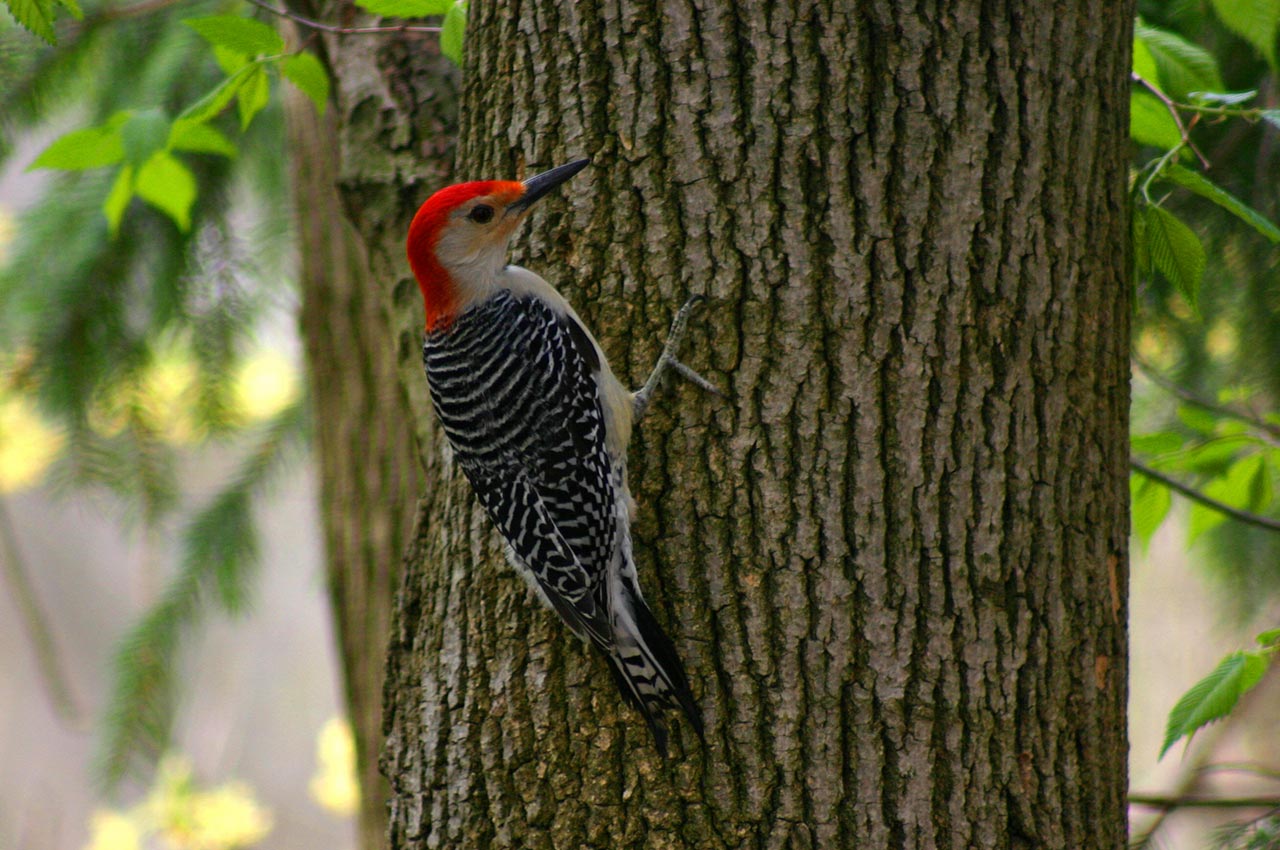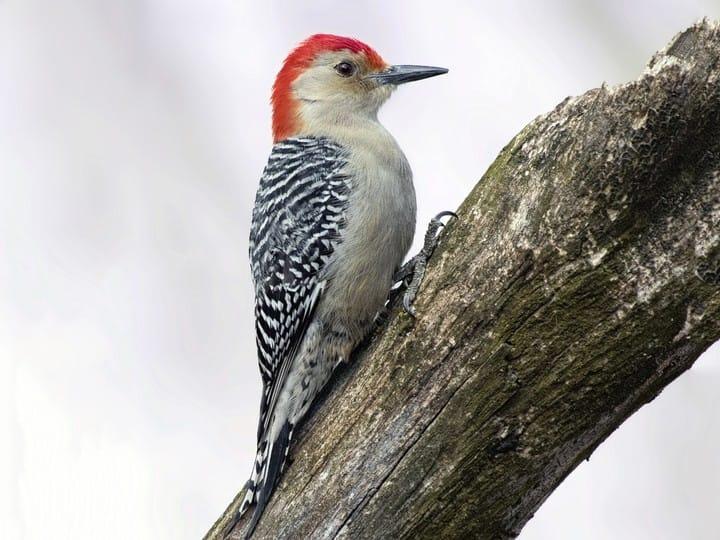Checking Out Woodpeckers in Florida Habitats: Where to Spot These Birds
Checking Out Woodpeckers in Florida Habitats: Where to Spot These Birds
Blog Article
Discover the Interesting World of Woodpeckers: Everything You Required to Know
The world of woodpeckers is a realm full of unique actions, intricate adjustments, and a diverse array of varieties. From their habitats and distribution patterns to their feeding behaviors and specialized anatomical attributes, woodpeckers have long astounded the rate of interest of ornithologists and nature enthusiasts alike. Recognizing the details of these remarkable birds offers a look into the intricate interplay in between their biology and the atmosphere. As we check out the world of woodpeckers better, we uncover a wealth of info that clarifies their significance in ecosystems and the difficulties they face in an ever-changing globe.
Woodpecker Habitats and Distribution
Woodpeckers inhabit a varied variety of settings worldwide, showcasing adaptability in their circulation patterns. These resistant birds are found in forests, timberlands, savannas, and deserts throughout different continents, showing their capacity to thrive in different climatic problems. In The United States and Canada, as an example, woodpeckers can be identified in both coniferous and deciduous forests, using their solid beaks to forage for insects and develop nesting tooth cavities in trees. Likewise, in Africa, specific woodpecker types have adjusted to arid settings, such as the acacia woodlands, where they play a vital role in controlling insect populaces.

Feeding Behaviors and Diet
Woodpeckers use their strong beaks to drill right into the bark of trees, penetrating for insects and larvae hidden underneath the surface area. In enhancement to insects, woodpeckers also consume nuts, seeds, fruits, and sap.
Woodpeckers are understood for their drumming habits, which serves not only to connect with various other woodpeckers however also to situate food. The fast drumming noise is created by the bird pecking on powerful surfaces like dead trees or metal posts. This weblink habits can attract pests hidden in the wood, permitting the woodpecker to identify their existence and eat them.
One-of-a-kind Adjustments for Tree Climbing
In their experienced search of insects hidden within tree bark, woodpeckers have actually evolved amazing physiological functions that outfit them with one-of-a-kind adaptations for effective tree climbing. Woodpeckers have solid neck muscular tissues and an one-of-a-kind head framework that take in the influence of constant pecking, allowing them to climb up up and down without triggering injury to their brains. These adaptations showcase the extraordinary transformative layout that makes it possible for woodpeckers to navigate trees with precision and effectiveness.
Diverse Woodpecker Species Worldwide
With over 200 different varieties spread out across numerous habitats worldwide, the family of Picidae incorporates an exceptional diversity of woodpeckers. These birds can be discovered in forests, woodlands, savannas, and even urban areas, showcasing their flexibility to various atmospheres. From the renowned Northern Flicker in The United States And Canada to the vivid and evasive Crimson-backed Flameback in Asia, each woodpecker types displays distinct qualities in terms of tuft, habits, my blog and habitat preference.
Woodpeckers differ substantially in dimension, with the diminutive Downy Woodpecker measuring around 6-7 inches in size, while the powerful Lineated Woodpecker can reach up to 17 inches - Woodpeckers in Florida. Their beaks additionally are available in different forms and sizes, reflecting their feeding behaviors. Some types specialize in removing bugs from tree bark, like the Acorn Woodpecker, while others, such as the Black-cheeked Woodpecker, feed upon fruits and seeds

Conservation Efforts and Difficulties
Conservation campaigns for woodpecker populations are crucial in alleviating the influence of habitat loss and other dangers dealing with these varied bird varieties. Woodpeckers encounter numerous challenges to their survival, primarily due to deforestation, urbanization, climate adjustment, and intrusive varieties. To resolve these concerns, preservation initiatives concentrate on shielding and recovering woodpecker environments, applying lasting forestry techniques, and elevating understanding regarding the value straight from the source of these birds in environments.
One considerable difficulty in woodpecker conservation is the fragmentation of their habitats, leading to separated populaces that are a lot more prone to extinction - Woodpeckers in Florida. Guardians work to create wild animals passages and secured areas that connect these fragmented environments, permitting woodpeckers to move between various locations for feeding, breeding, and shelter

Verdict
Finally, woodpeckers are fascinating birds with special adaptations for tree climbing and feeding behaviors. They can be discovered in varied environments worldwide, dealing with preservation challenges as a result of environment loss and human tasks. Understanding their environments, diet regimens, and actions is vital for preservation initiatives to secure these essential bird species. More study and preservation actions are required to ensure the survival of woodpeckers in the wild.
Report this page